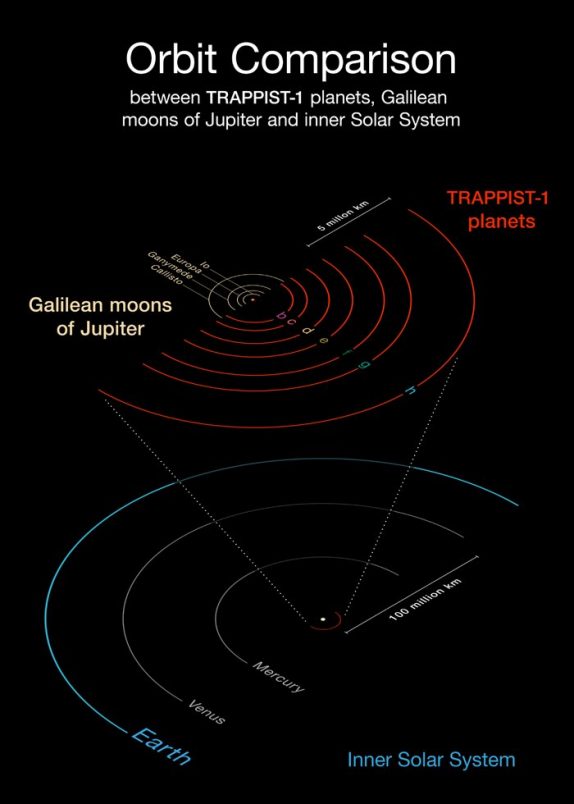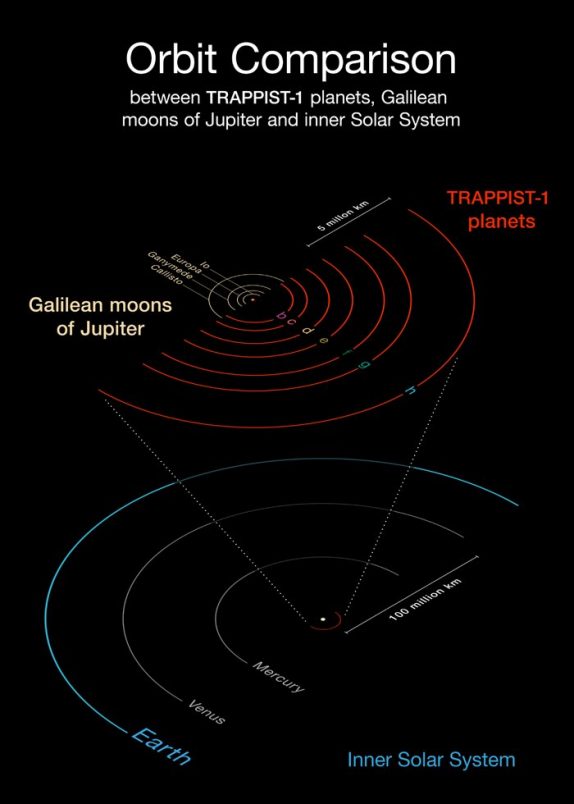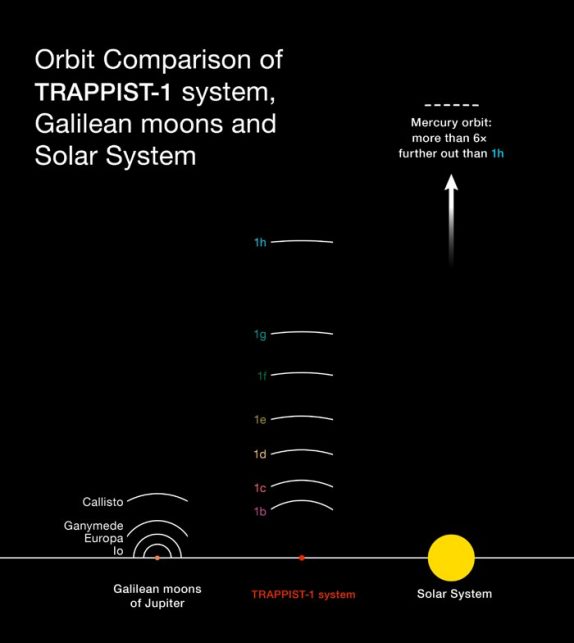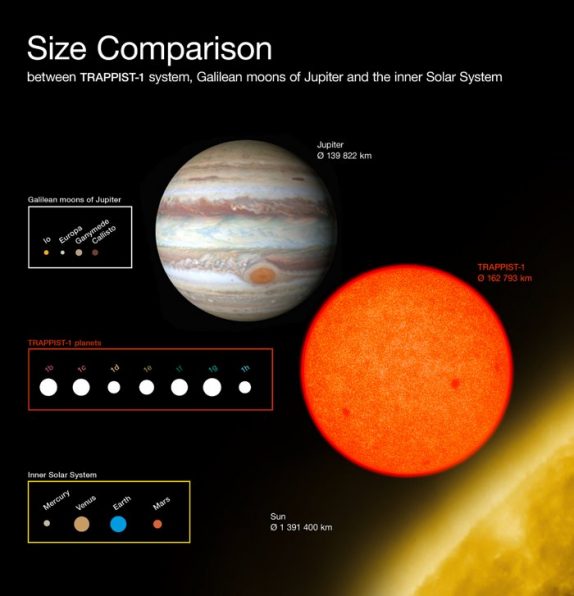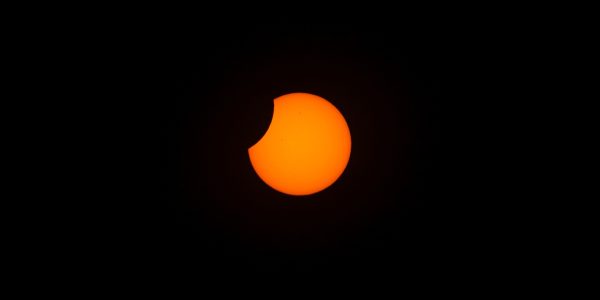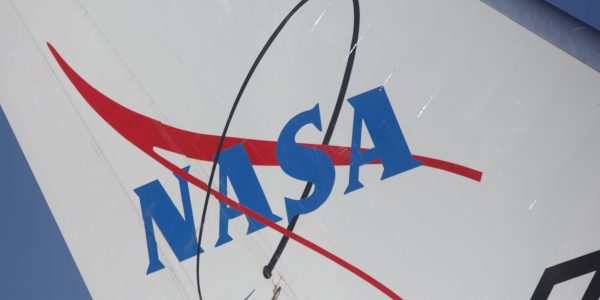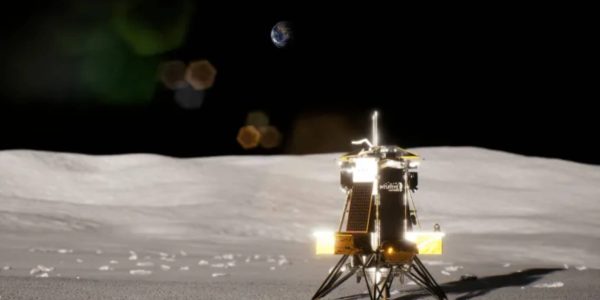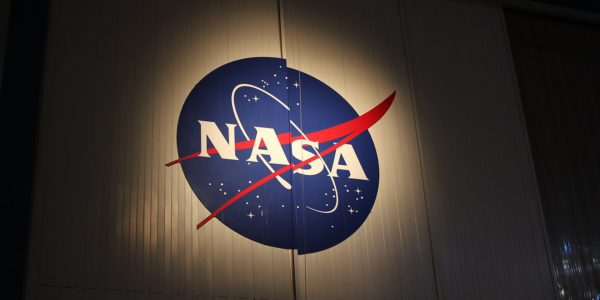NASA descubre 7 planetas que podrían albergar vida y tendrían agua líquida
“Hemos dado con el buen blanco”, dijo Amaury Triaud, uno de los científicos involucrados en el descubrimiento.
Por Redacción
La Administración Nacional de la Aeronáutica y del Espacio de Estados Unidos, conocida como NASA por su sigla en inglés, realizó un importante anuncio este miércoles, luego de haberlo anunciado a comienzos de semana.
Los científicos del organismo estadounidense afirmaron haber encontrado un sistema solar de siete planetas del tamaño de la Tierra, alrededor de una pequeña estrella, a 40 años luz de distancia.
De los siete nuevos exoplanetas -ubicados en el sistema Trappist-1-, son tres que se encuentran dentro de la “zona habitable” y que podrían albergar vida. Lo más probable, aseguran, es que estos tengan agua líquida.
“Hemos dado con el buen blanco” para buscar la eventual presencia de vida en planetas fuera de nuestro Sistema Solar, explicó Amaury Triaud, uno de los científicos involucrados en el descubrimiento.

Y así luciría supuestamente uno de los planetas encontrados:
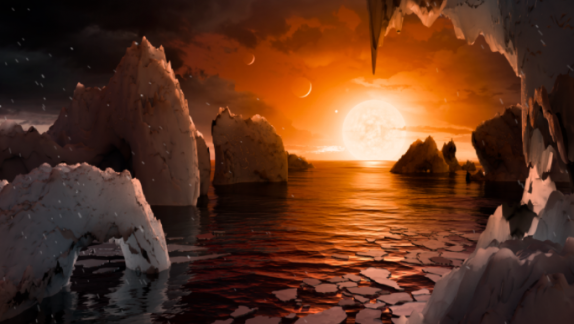
Los planetas reciben los nombres de TRAPPIST-1 b, c, d, e, f, g y h. Tres de estos tendrían zonas habitables, con posible formación rocosa y océanos de agua en su superficie, lo que incrementa las posibilidades de que exista vida en el sistema o de que la raza humana pueda sobrevivir en ellos.
De todos modos, en la NASA explicaron que hay que ser cautos: esto no implica que estén habitados, sino que tiene mayores posibilidades que otros planetas.
